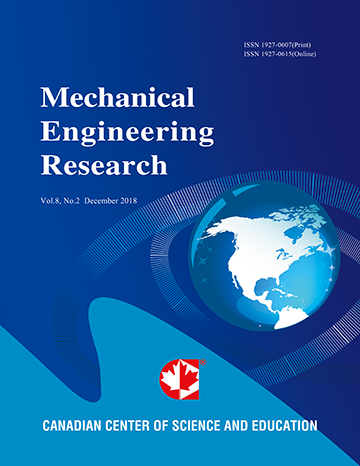Influence of Similarity Law on Movement Characteristics of Vibration Actuator
- Hiroyuki Yaguchi
- Yusuke Itoh
Abstract
Currently, a belt conveyor or an automatic guided vehicle is used as a conveying device in a factory. However, Transportation of the ceiling surface and the wall surface in these devices is impossible. Elevator is used for conveying from the lower floor to the upper floor. Therefore, the conveying device capable of movement on a wall and a ceiling significantly improves the efficiency of work. Based on this background, development of working robots capable of transporting on a wall surface is required. In the present study, the vibration actuator with a very simple structure capable of movement on a magnetic substance by means of the inertial force of a vibration model was again considered. Furthermore, upsizing for the actuator in order to improve the propulsion characteristics was considered. The volume of the permanent magnet constituting the vibration component of the actuator was increased according to the similarity rule. Four models of actuator with approximately equal drive frequency were prototyped and experimentally tested. The experimental results demonstrate that the maximum efficiency of the actuator for a standard model pulling its own weight was 27.1 %. Furthermore, the actuator is able to pull a load mass of 170 g. For the actuator of 5 times model, the actuator is able to climb upward at 9.5 mm/s while pulling a load mass of 3500 g. This actuator is able to propel a load mass of approximately 36 times the weight of the actuator itself.
- Full Text:
 PDF
PDF
- DOI:10.5539/mer.v8n2p1
Index
Contact
- Lenna BaiEditorial Assistant
- mer@ccsenet.org
